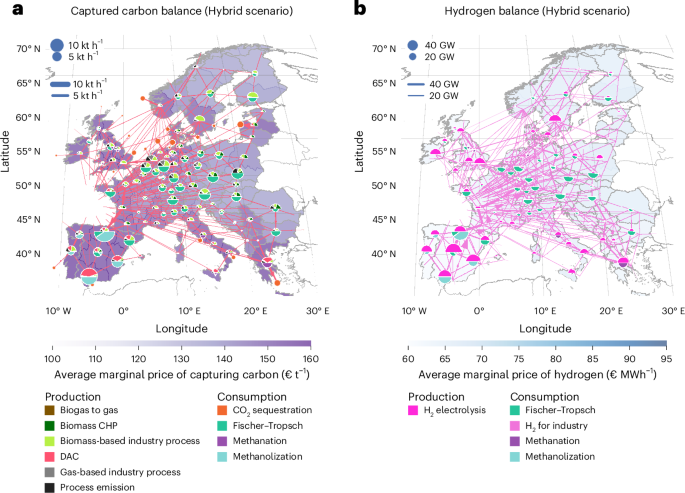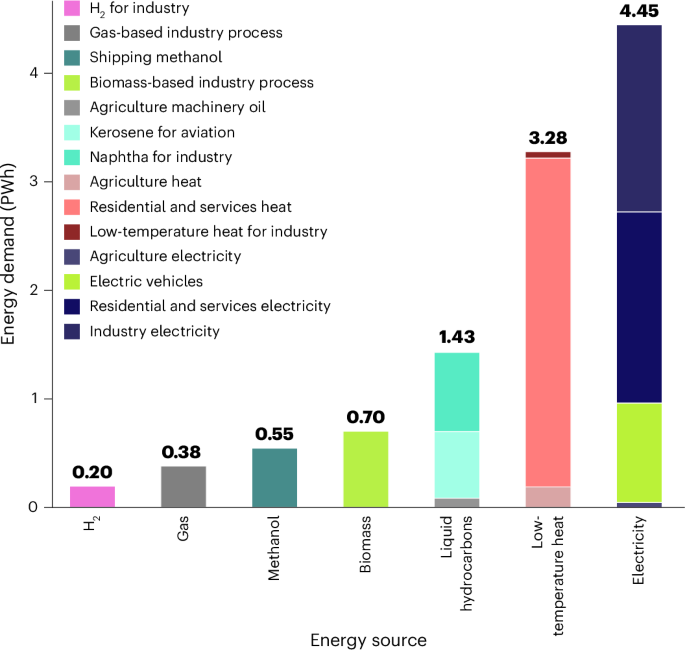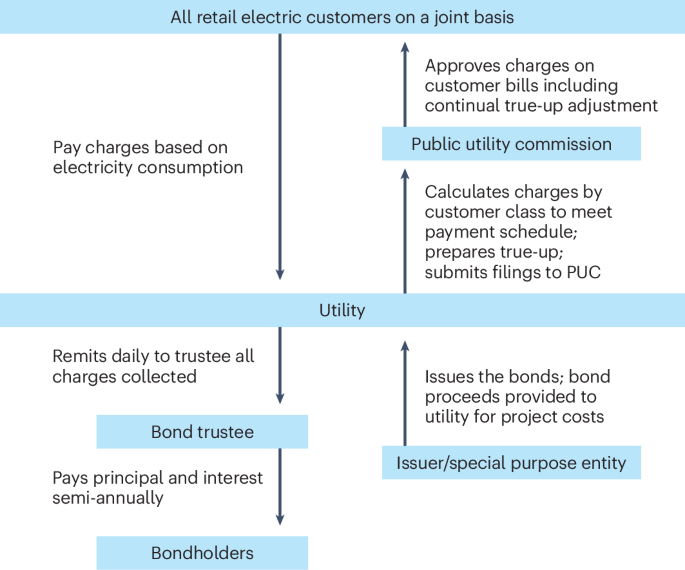Regulatory Shifts in ESG: What Comes Next for Companies?
The environmental, social & governance (ESG) regulatory landscape is increasingly fragmented, with federal climate disclosure rules stalled in the US, while state-level mandates gain momentum and EU regulations face uncertainty. This report analyzes the major US and international ESG disclosure regulations on corporate radars in 2025 and shares practical recommendations for governance and compliance. Key […]

Matteo Tonello is Head of Benchmarking and Analytics at The Conference Board, Inc. This post is based on a Conference Board memorandum by Christine Guinessey, Program Manager, ESG Center, and Andrew Jones, Senior Researcher, ESG Center at The Conference Board, Inc.
The environmental, social & governance (ESG) regulatory landscape is increasingly fragmented, with federal climate disclosure rules stalled in the US, while state-level mandates gain momentum and EU regulations face uncertainty. This report analyzes the major US and international ESG disclosure regulations on corporate radars in 2025 and shares practical recommendations for governance and compliance.
Key Insights
- At the federal level, the proposed climate disclosure rule from the US Securities and Exchange Commission (SEC) has been stayed indefinitely and new SEC leadership has signaled a shift away from federal ESG mandates.
- California’s emerging climate-related disclosure laws will have far-reaching effects, applying to large public and private companies with operations in the state and effectively becoming the standard for climate disclosure in the US.
- ESG disclosure regulations in the European Union will impact EU-based companies as well as large US multinationals and subsidiaries, although efforts are ongoing to adjust and streamline the scope, timeline, and requirements, as outlined in the proposed “Omnibus” package released by the EU Commission in February.
- As new ESG regulations impose compliance burdens and costs, companies should prepare well in advance, integrate regulatory requirements into broader sustainability strategies, and strengthen governance and data management for effective compliance.









































































































































































.png)






